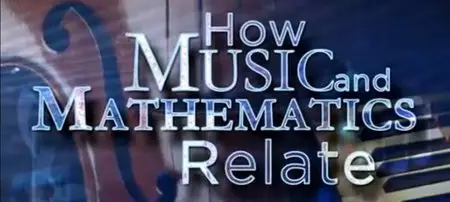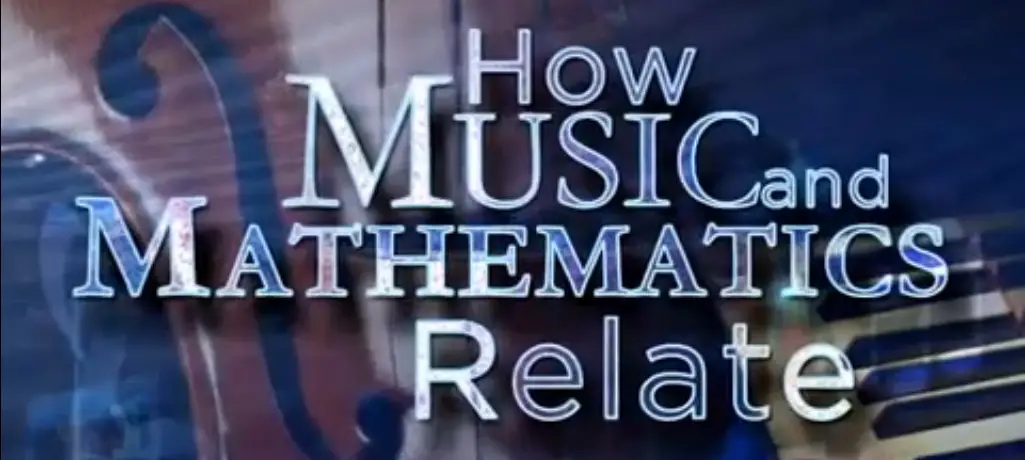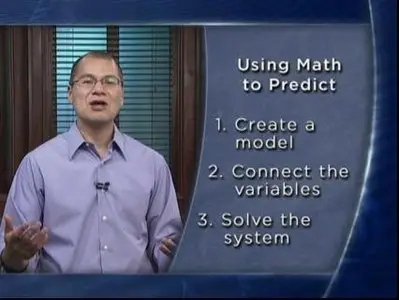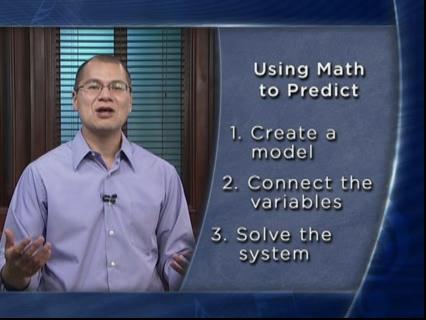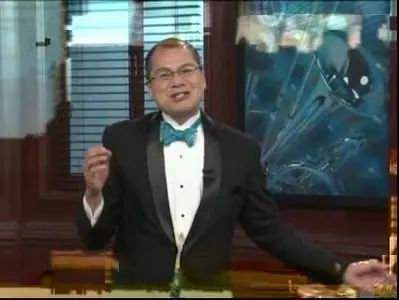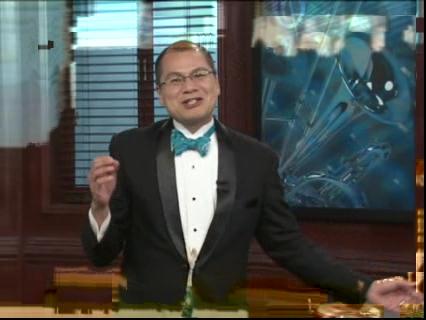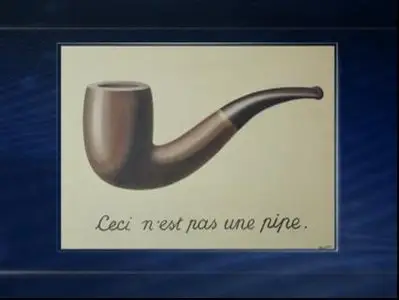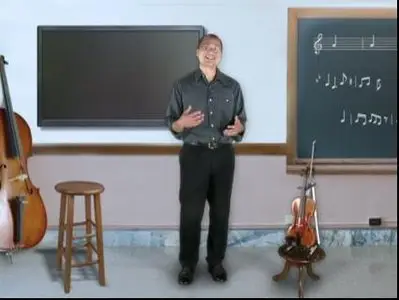TTC Video - How Music and Mathematics Relate
English | Number of Lessons: 12 | mp4 | MPEG4 426x320 900 avg Kbps | AAC stereo 90 kbps | 9 hours 19 min | 3.55 GB
Music, Culture, Math
English | Number of Lessons: 12 | mp4 | MPEG4 426x320 900 avg Kbps | AAC stereo 90 kbps | 9 hours 19 min | 3.55 GB
Music, Culture, Math
Gain new perspective on two of the greatest achievements of human culture—music and math—and the fascinating connections that will help you more fully appreciate the intricacies of both.
Great minds have long sought to understand the relationship between music and mathematics. On the surface, they seem very different. Music delights the senses and can express the most profound emotions, while mathematics appeals to the intellect and is the model of pure reasoning.
Yet music and mathematics are connected in fundamental ways. Both involve patterns, structures, and relationships. Both generate ideas of great beauty and elegance. Music is a fertile testing ground for mathematical principles, while mathematics explains the sounds instruments make and how composers put those sounds together. Moreover, the practitioners of both share many qualities, including abstract thinking, creativity, and intense focus.
Understanding the connections between music and mathematics helps you appreciate both, even if you have no special ability in either field—from knowing the mathematics behind tuning an instrument to understanding the features that define your favorite pieces. By exploring the mathematics of music, you also learn why non-Western music sounds so different, gain insight into the technology of modern sound reproduction, and start to hear the world around you in exciting new ways.
Among the insights offered by the study of music and mathematics together are these:
- Harmonic series: The very concept of musical harmony comes from mathematics, dating to antiquity and the discovery that notes sounded together on a stringed instrument are most pleasing when the string lengths are simple ratios of each other. Harmonic series show up in many areas of applied mathematics.
- "Air on the G String": One of Bach's most-loved pieces was transposed to a single string of the violin—the G string—to give it a more pensive quality. The mathematics of overtones explains why this simple change makes a big difference, even though the intervals between notes remain unchanged.
- Auditory illusions: All voices on cell phones should sound female because of the frequency limits of the tiny speakers. But the human brain analyzes the overtone patterns to reconstruct missing information, enabling us to hear frequencies that aren't there. Such auditory illusions are exploited by composers and instrument makers.
- Atonal music: Modern concert music is often atonal, deliberately written without a tonal center or key. The composer Arnold Schoenberg used the mathematics of group theory to set up what he called a "pan-tonal" system. Understanding his compositional rules adds a new dimension to the appreciation of this revolutionary music.
In 12 dazzling lectures, How Music and Mathematics Relate gives you a new perspective on two of the greatest achievements of human culture: music and mathematics. At 45 minutes each, these lectures are packed with information and musical examples from Bach, Mozart, and Tchaikovsky to haunting melodies from China, India, and Indonesia. There are lively and surprising insights for everyone, from music lovers to anyone who has ever been intrigued by mathematics. No expertise in either music or higher-level mathematics is required to appreciate this astonishing alliance between art and science.
A Unique Teacher
It is a rare person who has the background to teach both of these subjects. But How Music and Mathematics Relate presents just such an educator: David Kung, Professor of Mathematics at St. Mary's College of Maryland, one of the nation's most prestigious public liberal arts colleges. An award-winning teacher, mathematician, and musician, Professor Kung has studied the violin since age four, and he followed the rigorous track toward a concert career until he had to choose which love—music or mathematics—would become his profession and which his avocation. At St. Mary's College, he combines both, using his violin as a lecture tool to teach a popular course on the mathematical foundations of music. He even has students invent new musical instruments based on mathematical principles.
In How Music and Mathematics Relate, you see and hear some of these ingenious creations, which shed light on the nature of all sound-producing devices. Across all 12 lectures Professor Kung plays the violin with delightful verve to bring many of his points vividly to life.
Uncover Musical Structure Using Math
You will discover how mathematics informs every step of the process of making music, from the frequencies produced by plucking a string or blowing through a tube, to the scales, harmonies, and melodies that are the building blocks of musical compositions. You even learn what goes on in your brain as it interprets the sounds you hear. Among the fascinating connections you'll make between music and mathematics are these:
- Woodwind mystery: Why can a clarinet produce sounds much lower than a flute? Both are vibrating tubes of similar length. A student-designed instrument called the Wonder Pipe 4000 demonstrates how mathematics predicts this phenomenon.
- Why is a piano never in tune? Elementary number theory explains the impossibility of having all the intervals on a piano in tune. Study the clever solutions that mathematicians, composers, and piano tuners have devised for getting as close as possible to perfect tuning.
- Timbre: Nothing is more distinctive than the "twang" of a plucked banjo string. But take off the initial phase of the sound—the "attack"—and a banjo sounds like a piano. Analyze different sound spectra to learn what gives instruments their characteristic sound or timbre.
- Using fractions to show off: Professor Kung plays a passage from Mendelssohn's Violin Concerto to demonstrate a common trick of showmanship for string players. The technique involves knowing how to get the same note with different fractional lengths of the same string.
And you'll hear how one of the greatest philosophers and mathematicians of all time described the connection between music and mathematics. "Music is a secret exercise in arithmetic of the soul, unaware of its act of counting," wrote Gottfried Wilhelm Leibniz, coinventor of calculus with Isaac Newton. What Leibniz means, says Professor Kung, is that music uses many different mathematical structures, but those structures are hidden. With How Music and Mathematics Relate, you'll see these hidden connections come to light.
Lecture #1 - Overtones—Symphony in a Single Note
Start the course with a short violin passage from Bach, played by Professor Kung. Then analyze the harmonic series behind a single note, which involves a mixture of different frequencies, called overtones or harmonics. Learn about the physics of stringed and wind instruments, and study the sounds produced by a range of instruments, including the violin, flute, clarinet, timpani, and a fascinating instrument invented by Professor Kung’s students.
Lecture #2 - Timbre—Why Each Instrument Sounds Different
After hearing the opening measures of Bach’s “Air on the G String,” investigate why this piece is conventionally played on a single string of the violin. The reason has to do with timbre, which determines why a flute sounds different from a violin and why a melody played on the G string sounds not just lower, but altered. The study of timbre introduces you to a mathematical idea called the Fourier transform—and how it relates to the anatomy of your inner ear.
Lecture #3 - Pitch and Auditory Illusions
The fundamental frequency of a male voice is too low to be reproduced by the speaker of a cell phone. So why don’t all callers sound like women? Learn that the answer involves the way your brain fills in missing information, convincing you that you hear sounds that aren’t really there. Explore examples of auditory illusions that will leave you wondering if you can ever believe your ears again.
Lecture #4 - How Scales Are Constructed
Professor Kung contrasts a passage from Vivaldi with a Chinese folk tune. Why is one so easily distinguishable from the other? Probe the diverse mathematics of musical scales, which explains the characteristic sound of different musical traditions. Learn how a five-note scale is constructed versus a more complex seven-note scale. What are the relative advantages of each? As a bonus, discover why no piano is ever in tune.
Lecture #5 - How Scale Tunings and Composition Coevolved
Compare passages from Bach’s “Chaconne” and a very modern piece, noting how the compositional styles of Western music have evolved alongside small differences in scale tunings. Then explore the mathematics of tuning, focusing on how the exact pitches in a scale are calculated and why there are 12 notes per octave in Western music. Investigate the alternatives, including a scale with 41 notes per octave.
Lecture #6 - Dissonance and Piano Tuning
Dissonance is a discordant sound produced by two or more notes sounding displeasing or rough. The “roughness” is quantifiable as a series of beats—a “wawawa” noise caused by interfering sound waves. Learn how to predict this phenomenon using basic trigonometry. Consider several examples, then discover how to use beats to tune a piano. End with a mathematical coda, proving the beat equation using basic algebra and trigonometry.
Lecture #7 - Rhythm—From Numbers to Patterns
All compositions depend on rhythm and the way beats are grouped under what are called time signatures. Begin with a duo for clapping hands. Next, probe the effect produced by a distinctive change in the grouping of beats called a hemiola. Also investigate polyrhythms, the simultaneous juxtaposition of different rhythms. Listen to examples from composers including Handel, Tchaikovsky, and Chopin. Close with an unusual exercise in which you use musical notation to prove a conjecture about infinite sums.
Lecture #8 - Transformations and Symmetry
Bach and other composers played with the structure of music in ways similar to what would later be called mathematical group theory. Explore techniques for transforming a melody by inversion, reversal, transposition, augmentation, and diminution. End with a table canon credited to Mozart, in which the sheet music is read by one musician right-side up and by the other upside down. Professor Kung is joined by a special guest for this duet.
Lecture #9 - Self-Reference from Bach to Godel
Music and mathematics are filled with self-reference, from Bach’s habit of embedding his own name in musical phrases, to Kurt Godel’s demonstration that mathematics cannot prove its own consistency. Embark on a journey through increasingly complex levels of self-reference, discovering that music and mathematics are like a house of mirrors, reflecting ideas between them. For example, the table canon from Lecture 8 can be displayed on the single face of a Mobius strip.
Lecture #10 - Composing with Math—Classical to Avant-Garde
Sometimes composers create their works using mathematics. Mozart did this with a waltz, whose sequence of measures was determined by the roll of dice—with 759 trillion resulting combinations. Learn how Arnold Schoenberg used mathematics in the 20th century to design an alternative to tonal music—atonal music—and how a Schoenberg-like system of encoding notes has more recently made melodies searchable by computer.
Lecture #11 - The Digital Delivery of Music
What is the technology behind today’s recorded music? Delve into the mathematics of digital sampling, audio compression, and error correction—techniques that allow thousands of hours of music to fit onto a portable media player at a sound quality that is astonishingly good. Investigate the difference between analog and digital sound, and explore the technology that allows Professor Kung’s untrained singing voice to be recorded perfectly in tune.
Lecture #12 - Math, Music, and the Mind
Conclude with an eight-part finale, in which you range widely through the territory that connects mathematics, music, and the mind. Among the questions you address: What happens in the brain of an infant exposed to music? Why do child prodigies often excel in the areas of math, music, or chess? And how do creativity, abstraction, and beauty unite music and mathematics, despite being on opposite ends of the arts and sciences?
Screenshots:


